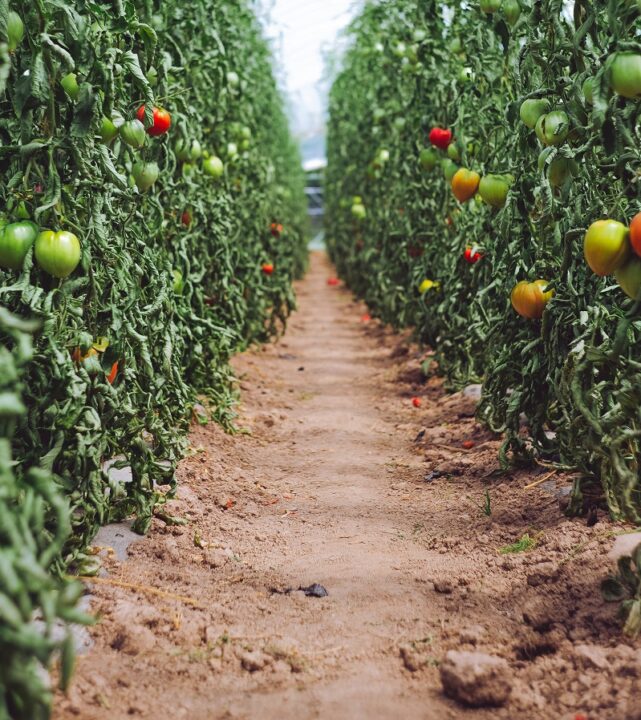Reducing Frost Damage: Lessons Learned
The weather in 2012 was wacky, to say the least. First it warmed up — a lot — and then growers in some areas of the country had to deal with freezing temperatures.
Some of those affected were apple growers from New York. At the Empire State Producers Expo, which is taking place this week in Syracuse, NY, some discussed how they coped with the situation. Specifically, they turned to wind machines.
How did they determine when a wind machine was necessary? Temperature, dew point, and the clear night sky, were big indicators of cold temperatures.
In fact, Mark Russell of Whittier Fruit Farm in Rochester, NY, installed two Orchard-Rite wind machines in the winter of 2012 and measured yield differences from those closest to the wind machines versus trees that were out of range of the machine. Not coming as a surprise, yields of Empire, the trees closest to a machine’s tower, fared the best.
The protected trees produced 720 bushels per acre while those out of range of the wind machine garnered 440 bushels per acre.
While using the wind machines, one grower pointed out that is critical to make sure the units are maintained properly so they are functioning at the optimal level.
Promising Varieties
In other apple news discussed at the Empire State Producers Expo, the varieties NY1 and NY2 were recently trademarked and have a very promising future, said Kevin Maloney, research support specialist in the Department of Horticulture at Cornell University.
The parents of NY1 are Honeycrisp and NY 752. According to Maloney, NY1 tends to be upright. “It has consistent fruit quality and fruit hang on the tree and don’t drop,” he says. “When we prune, we try to keep out branches that are half the diameter of the trunk.”
For NY2, which comes from the cross of AutumnCrisp and Braeburn, Maloney says it is very grower friendly. He adds that a growing consideration for this variety is a medium to high vigor scion. “The prospects for these two varieties are very good,” Maloney concluded.










